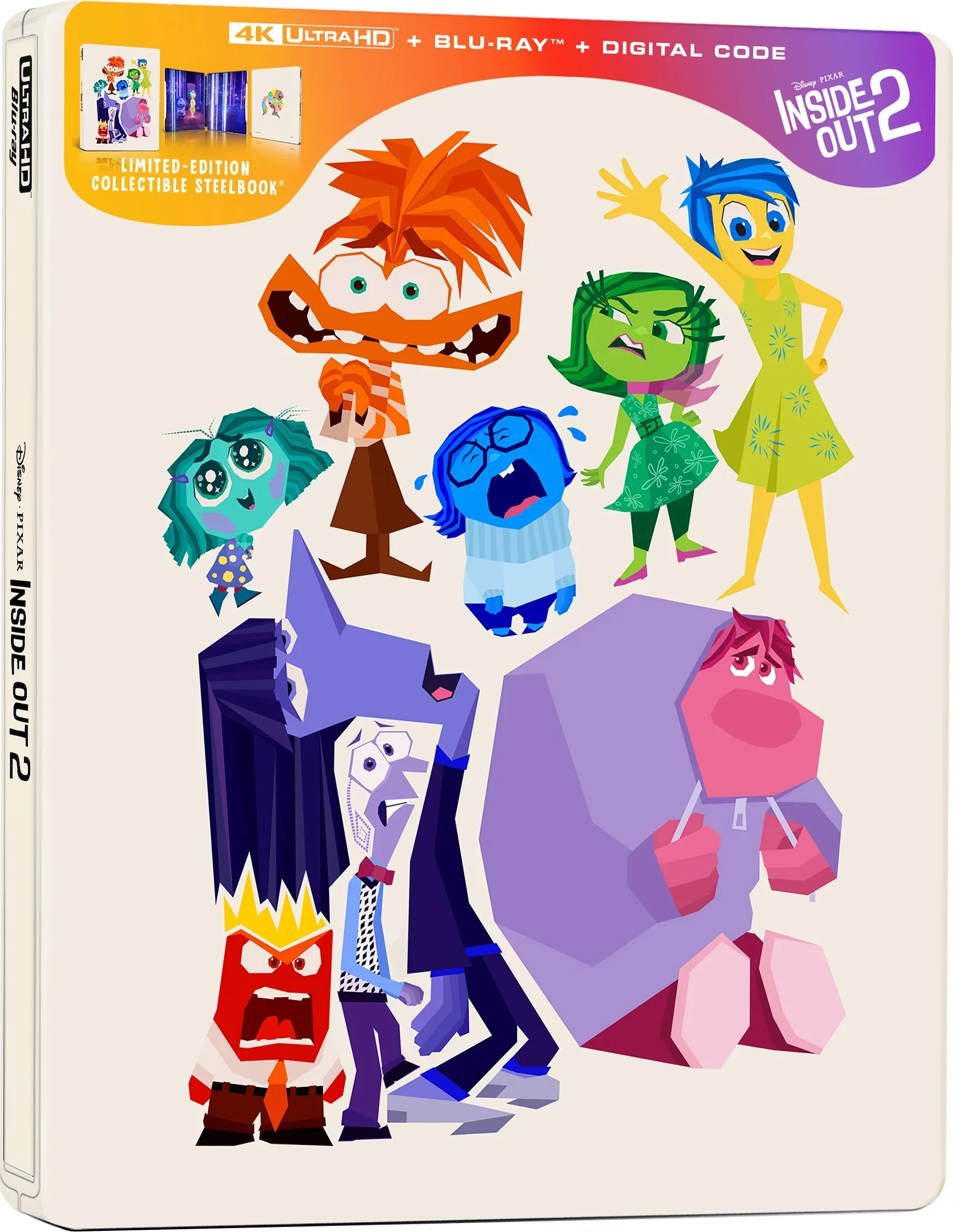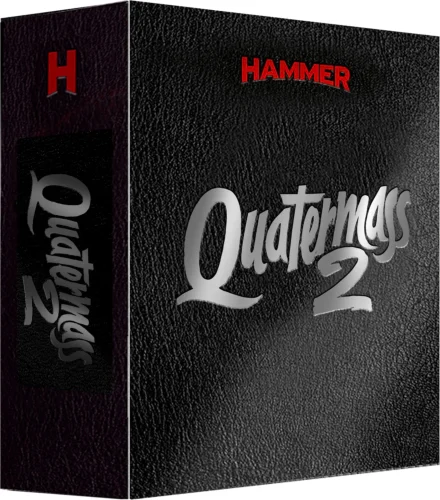
Resolution: Native 4K (2160p)
HDR: Dolby Vision, HDR10+
Aspect ratio: 2.39:1
Original aspect ratio: 2.39:1
Audio
#English: Dolby Digital Plus with Dolby Atmos 5.1
#French: Dolby Digital 5.1
#Spanish (Latino): Dolby Digital 5.1
Subtitles
Inside Out 2 4K 2024
Director: Kelsey Mann
Actors: Amy Poehler, Maya Hawke, Kensington Tallman, Liza Lapira, Tony Hale, Lewis Black, Phyllis Smith, Ayo Edebiri, Lilimar, Grace Lu, Sumayyah Nuriddin-Green, Adèle Exarchopoulos, Diane Lane, Kyle MacLachlan, Paul Walter Hauser, Yvette Nicole Brown, Ron Funches, James Austin Johnson.
Tags:: Animation, Adventure, Comedy, Drama, Family, Fantasy
I remember my first emotions from “Inside Out” that came out 9 years ago, they were so warm and cozy. The story of a girl named Riley experiencing a stage of growing up with the emotions in her head controlling her inner world, and this story showed that all emotions are important, be it joy or sadness. The cartoon wraps the heartwarming story upside down.
As the story continues, Riley faces puberty. She enters high school and wishes to excel in sports by making the dream hockey team. It is at this point that new emotions begin to form in her head. In addition to the familiar Joy, Sadness, Sickness, Fear, and Anger, Anxiety, Shame, Envy, and Moping are added.
As in the first installment, the new emotions begin to wreak havoc while the old ones learn to get along and become one team. Essentially, the sequel followed the path of the original, but this time the team, led by Joy, needs to find a way to deal with the new emotions and help Riley by preserving her inner peace.
The sequel became less funny and, in my opinion, less deep. In the original, the story explored both family values, which were very touching, over which you drop a single tear, and how emotions explored each other, learning that they are all necessary, because the world is not divided into black and white, but at the same time the cartoon became more adult, exploring even more colors of the inner world.
This is exactly what the final act of the cartoon shows, which causes a storm of emotions, both for Riley and the viewer, conveying a lot of feelings. At this moment, the heat of passion grows with every second, because at this time you can not make up your mind - are you not capable of anything? Or are you a good person? This scene is the strongest in the cartoon.
Despite the lack of depth, the sequel told a new story, immersing us in puberty, allowing the current generation to see a reflection of themselves, and adults to remember this period. For myself, I noted many life situations where, for example, you want to like a new company, while dropping off old friends, and it's incredibly eating you up. And there are plenty of moments like that in adolescence. That's exactly what the sequel reveals.
As for the new emotions, as an addition they turned out well, the world of the protagonist expands at their expense, making her a multifaceted person. Especially Shame, as big and awkward as you feel at moments, trying to hide it, but it's impossible.
“Inside Out 2” turned out to be a good sequel, conveying a lot of new feelings and aspects of teenage life, talking about all the trials one faces while growing up. In some places gentle, in some places hitting you in the forehead, speaking to the viewer honestly.
You have purchased premium on MoonDL or TakeFile. Write to File Storage support (see links). Tell them that you are a user of 4kmovies co. Your traffic will be increased to 512 gb every 2 days.







